Curious Questions: Why does Kew Gardens have a giant pagoda?
The Pagoda at Kew Gardens, designed by Sir William Chambers, is one of the most famous, yet most incongruous landmarks at one of the world's most famous gardens. So why is it there? Jack Watkins explains.

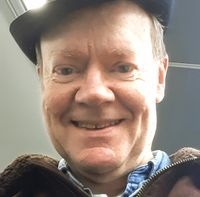
Kew Gardens has a multi-layered history. Its varied roles as a royal retreat, landscaped park, exotic plant collection, international botanical institution and place of public education, relaxation and enjoyment of floral and arboreal splendour, have involved a succession of important names.

To cite William Kent, William Aiton, Sir Joseph Banks, Decimus Burton, Richard Turner and Sir William Hooker barely scratches the surface. However, in the 300th year of his birth, it’s fitting to remember Sir William Chambers (1723–96), the creator of the great Pagoda and a major figure in the ornamentation of the estate in the years before the Royal Botanical Gardens opened to the public in 1841.
Towards the end of his life, Frederick, Prince of Wales, had established a plant collection at Kew, but, after his sudden death in 1751, it was his widow, the Dowager Princess Augusta of Saxe-Gotha-Altenburg, advised by the 3rd Earl of Bute, who extended the gardens. The Anglo-Swede Chambers (he was made a Knight of the Polar Star by the King of Sweden in 1771, after which he was allowed to assume the title of an English knight) entered the royal employment in 1757, doubling up as the Dowager Princess’s official architect and architectural tutor to the Prince of Wales (the future George III).

Chambers had spent time in China when in the service of the Swedish East India Company and had studied architecture in Paris and Rome. His enthusiasm for Chinese buildings, artefacts and garden design came at a time when interest in chinoiserie among the British aristocracy was high. Chambers’s Designs of Chinese Buildings, which was published at about this time, included a chapter on the layout of Chinese gardens, commending their ‘diversity’ and ‘variety of scenes’.
A House of Confucius and a Chinese Arch (probably designed by Joseph Goupy, although possibly by Chambers) were already extant as follies in the royal gardens at Kew and, by about 1760, Chambers had enlarged on the fanciful setting by adding an Aviary, Menagerie and Pavilion, all in the Chinese style.

Horace Walpole, visiting the following year, noted the Dowager Princess had begun ‘a very high tower in the garden built after the model of the towers of Pekin, Nanking etc’. This was the Pagoda, which the generally conservative, neo-Classically inclined Chambers flanked with a Moorish Alhambra and a Mosque. Temples were erected, too, with the object of creating a walk linked by several Picturesque or Classical follies, as if the viewer was embarking on a Grand Tour within a single garden.
However, the major eyecatcher was the Pagoda, 163ft high, its 10 storeys successively diminishing in diameter and height as it soared upwards.
Exquisite houses, the beauty of Nature, and how to get the most from your life, straight to your inbox.
The projecting roofs were adorned with glazed tiles and 80 golden dragons with bells in their mouths. Glinting and chiming in the breeze, and immediately painted by Richard Wilson (Kew Gardens: The Pagoda and Bridge), the structure caused a sensation upon its opening in the summer of 1762, although many expressed concerns about its stability.
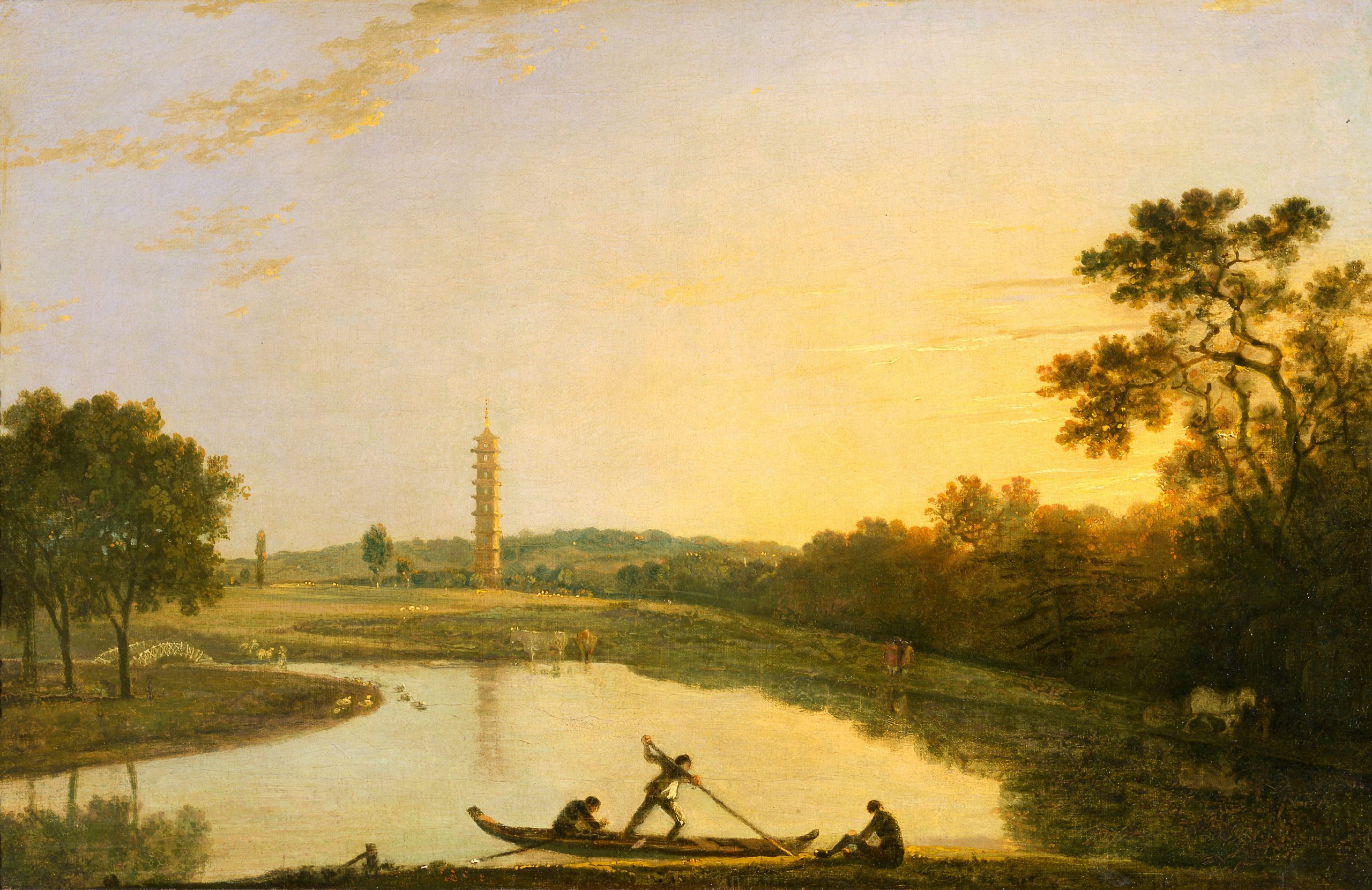
The Swedish botanist Daniel Solander, among the visitors, recorded that: ‘All thought that a building so much out of proportion should have fallen down before it was finished & no one believed it wd stand the terrible thunderstorms & tempests which we experienced three months ago.’
Yet, although Walpole scoffed that it was made of ‘Act-of-Parliament brick’, the Pagoda was sturdy enough for holes in the floors to be cut during the Second World War, enabling bomb designers to drop models of their inventions from top to bottom to study their flight behaviour. The Pagoda has endured and remains one of Kew’s most significant, most loved landscape features.
The Pagoda at Kew Gardens: What the critics said
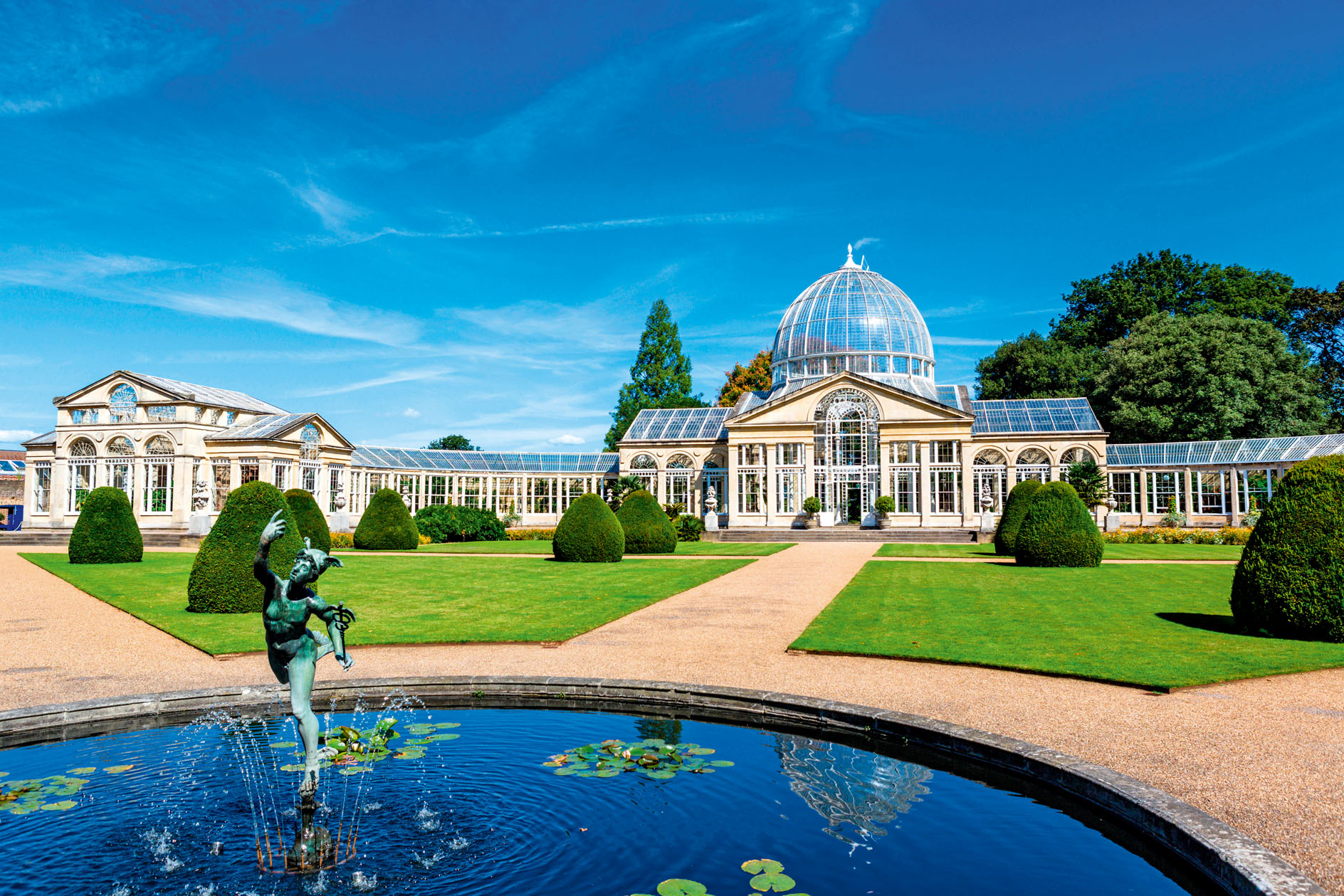
Best walks in London, from Kew Gardens and Eltham Palace to Lesnes Abbey and the 'Cathedral of Sewage’
Our capital city is more inviting for walkers than you might expect, with meadows, towpaths, unexpected sculpture and great houses

Charles Quest-Ritson: All gardening is habitat destruction, but gardens have a purpose — and rewilding is an absurd fantasy
The 19th century's hugely successful cultivation of plants on the once-barren Ascension Island has lessons for us today, says Charles
Jack Watkins has written on conservation and Nature for The Independent, The Guardian and The Daily Telegraph. He also writes about lost London, history, ghosts — and on early rock 'n' roll, soul and the neglected art of crooning for various music magazines
-
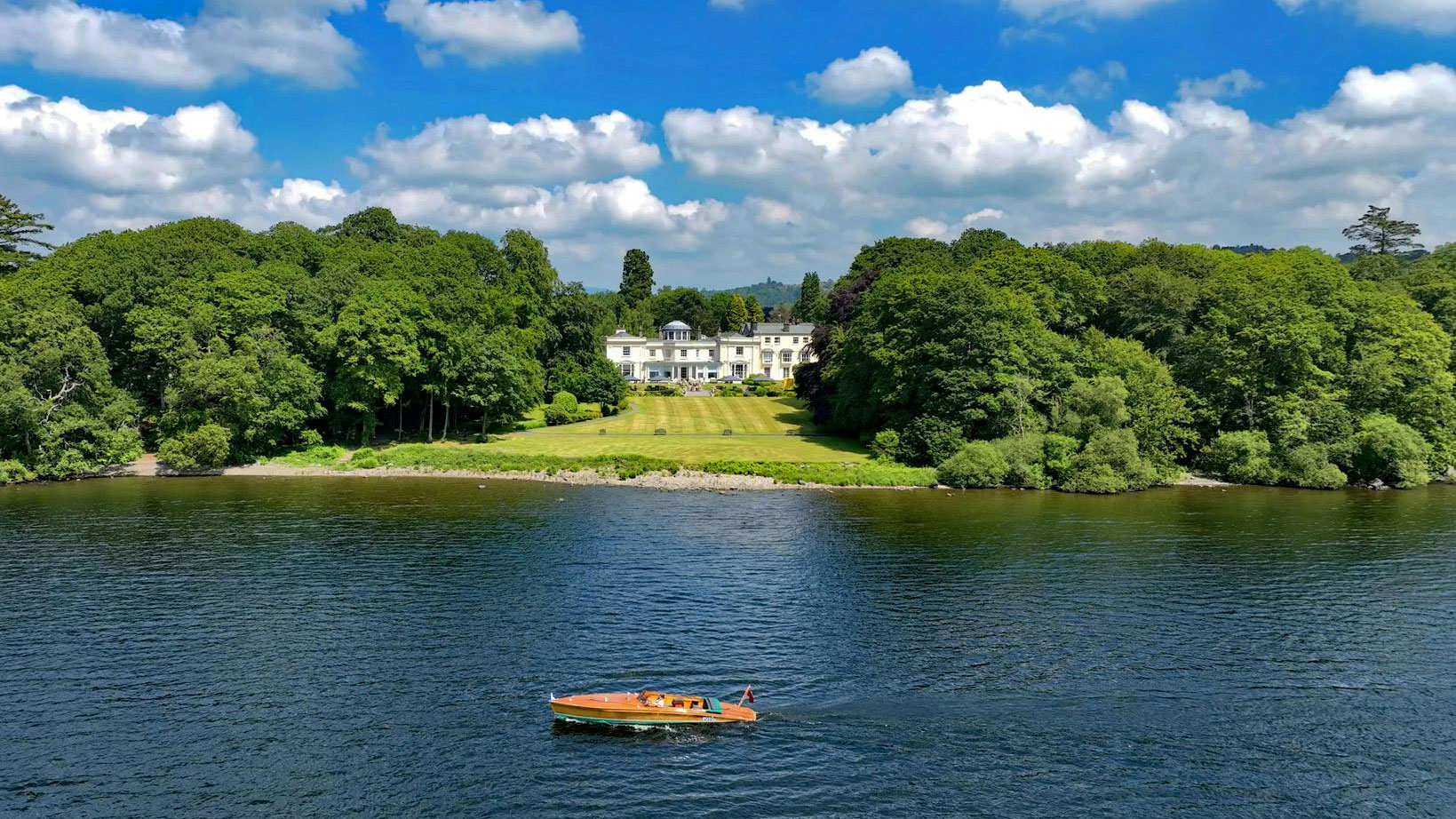 Storrs Hall: A glimpse of what a trip to Lake Windermere ought to be
Storrs Hall: A glimpse of what a trip to Lake Windermere ought to beLake Windermere — the largest stretch of water in the Lake District — is a tourist mecca that can often feel crowded, but head to places like Storrs Hall and you can still find the beauty and seclusion that first drew people here. Toby Keel takes a look.
-
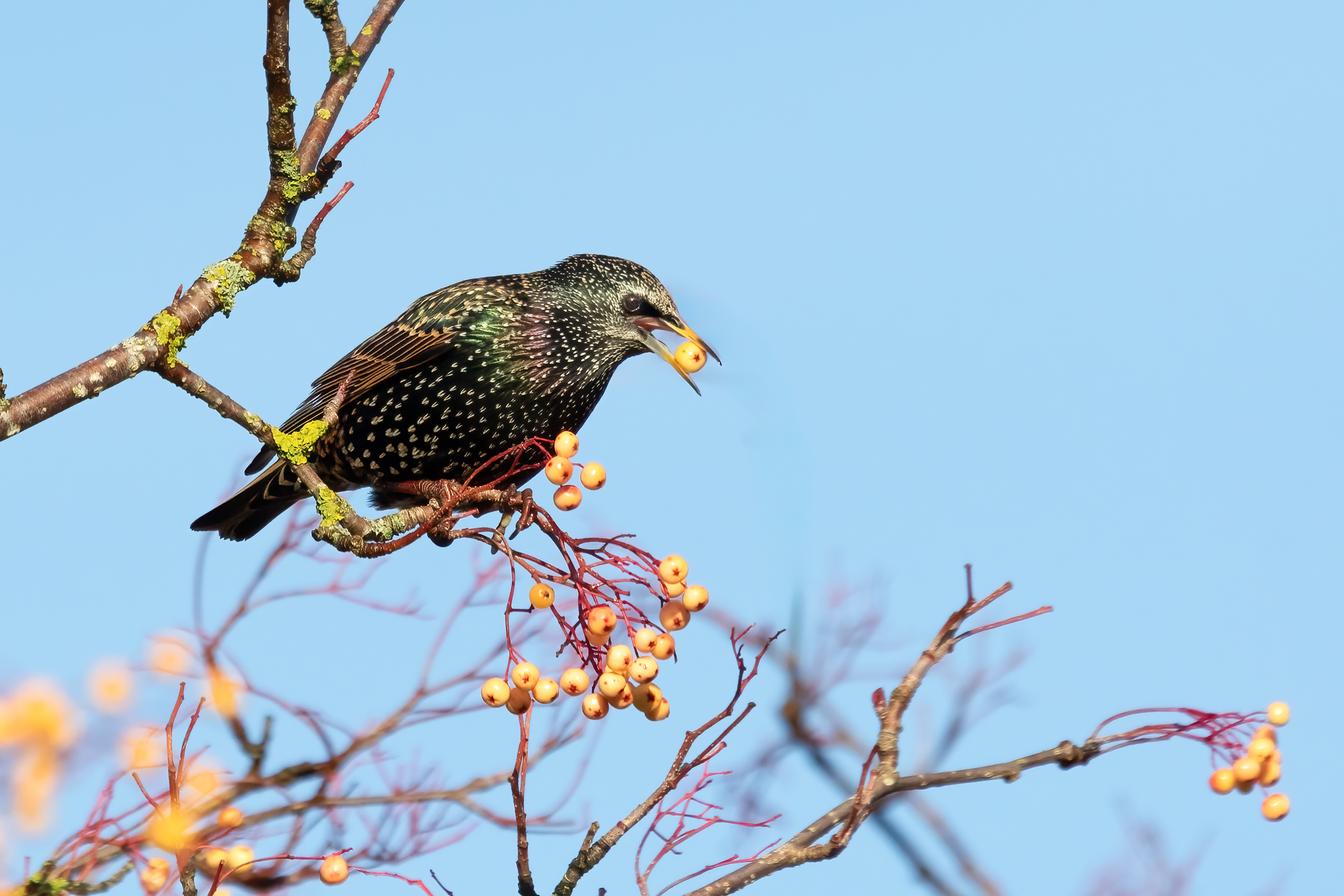 How good of a bird watcher are you? Country Life Quiz of the Day, November 19, 2025
How good of a bird watcher are you? Country Life Quiz of the Day, November 19, 2025Test your general knowledge in today's Country Life quiz.
-
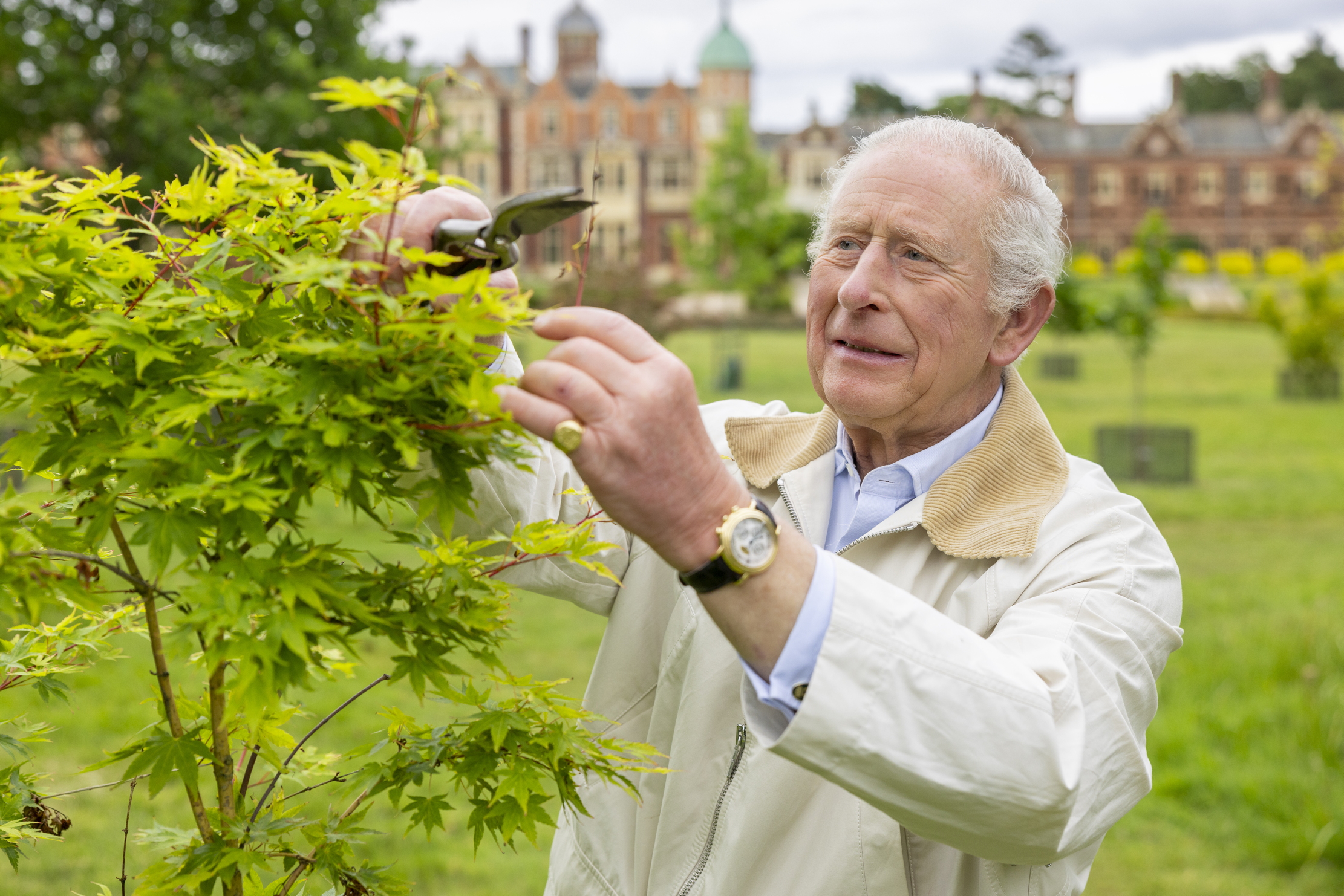 A royal success: The King's gardens at Sandringham
A royal success: The King's gardens at SandringhamIn only three years, The King has overseen a remarkable resurrection of the gardens and parkland at Sandringham. Charles Quest-Ritson visits
-
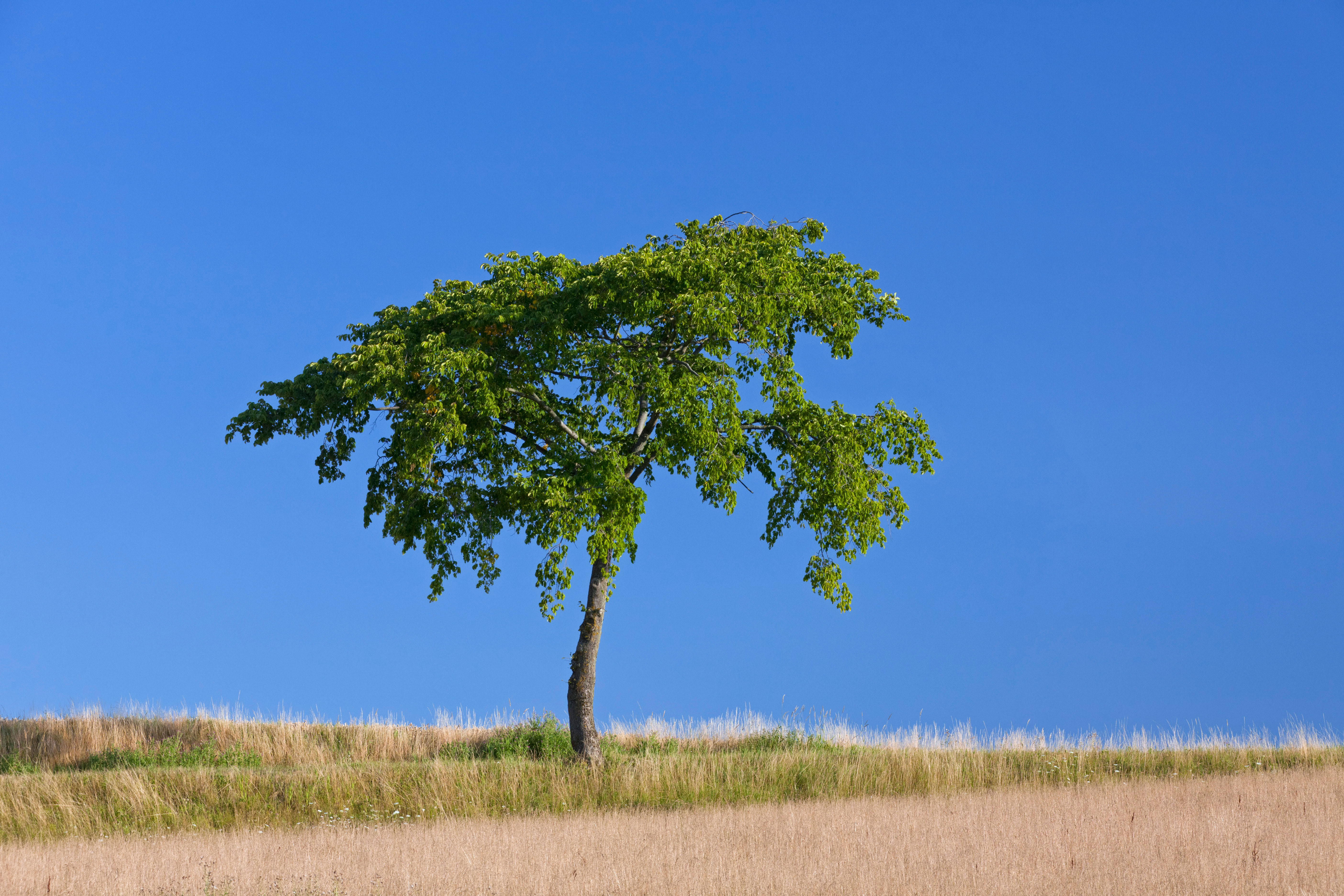 The trees that are as fine to eat as they are to look at
The trees that are as fine to eat as they are to look atMark Diacono doesn't grow many trees for the sake of the bounty they provide — but these are the notable exceptions.
-
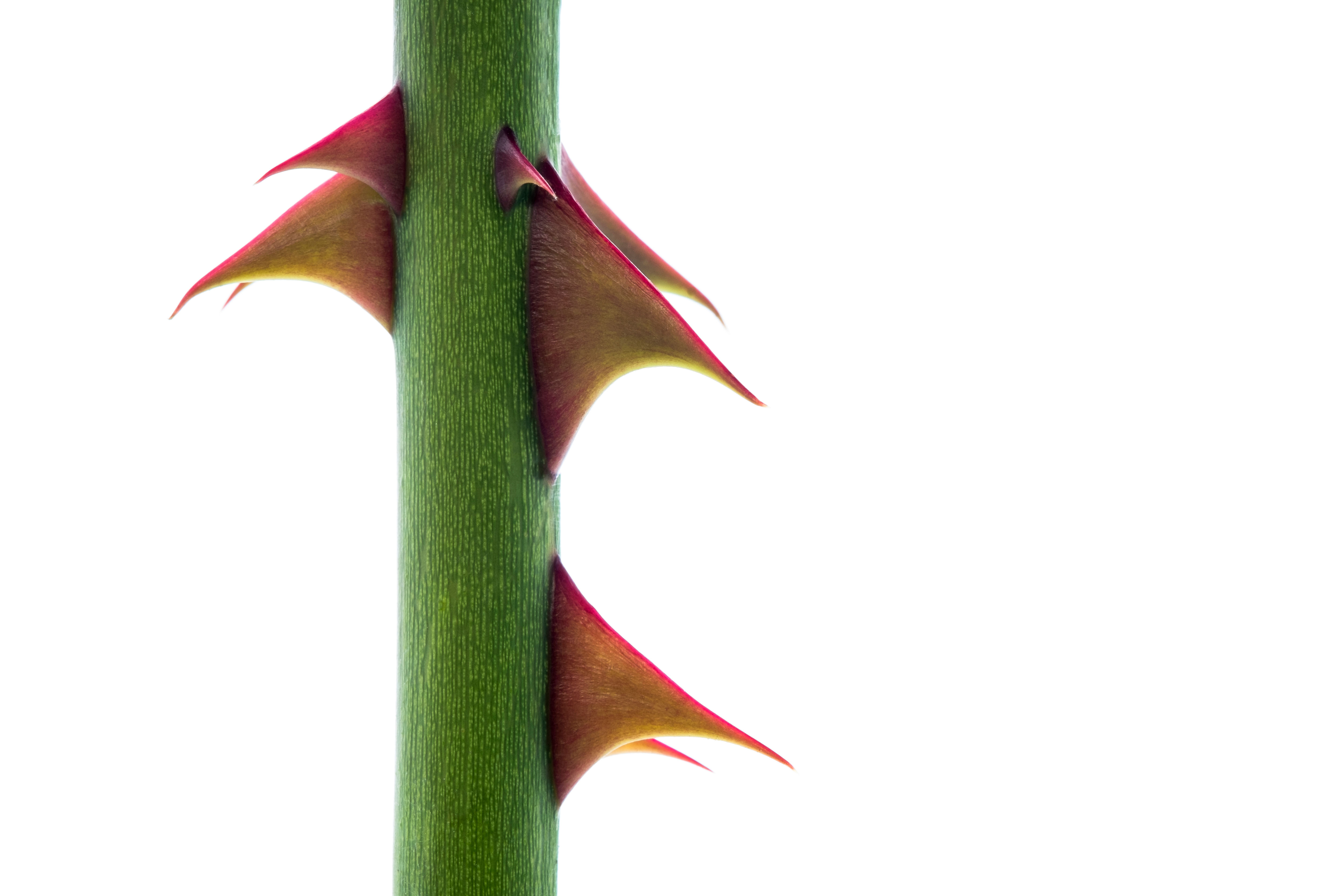 Bothered by brambles and snagged by sow thistles, but what is the point of all this thorny microaggression?
Bothered by brambles and snagged by sow thistles, but what is the point of all this thorny microaggression?Nature’s spiky deterrents — thorns, spines and prickles — may be quick to catch us out, but they can also prove to be a useful ally.
-
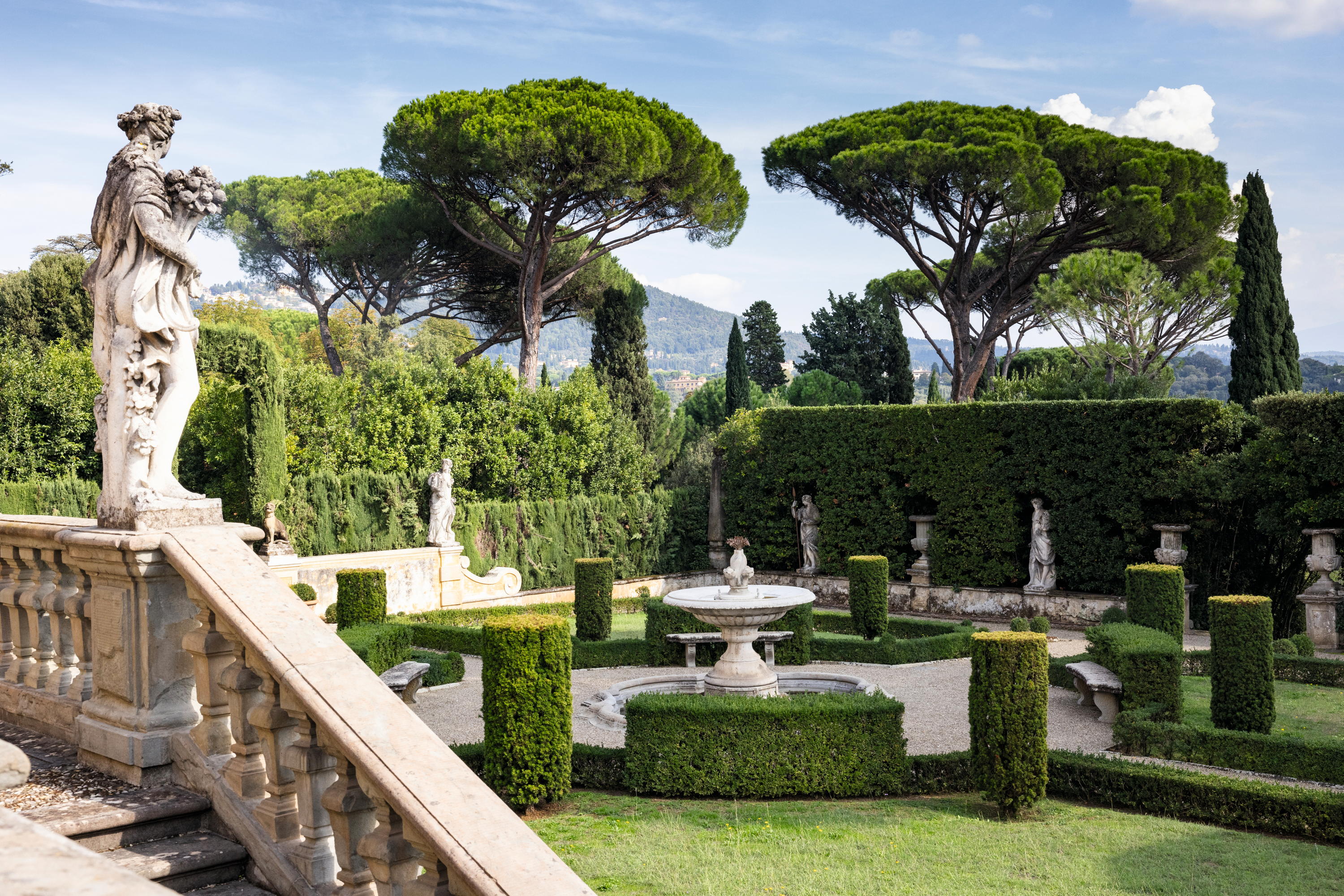 The Tuscan gardens where the English and Italian traditions come together, and Yorkshire rhubarb grows happily beside spectacular citrus
The Tuscan gardens where the English and Italian traditions come together, and Yorkshire rhubarb grows happily beside spectacular citrusNick Dakin-Elliot, who gardens in Tuscany, is still moved by the Italian hilltop gardens that command some of the most beautiful views in the world.
-
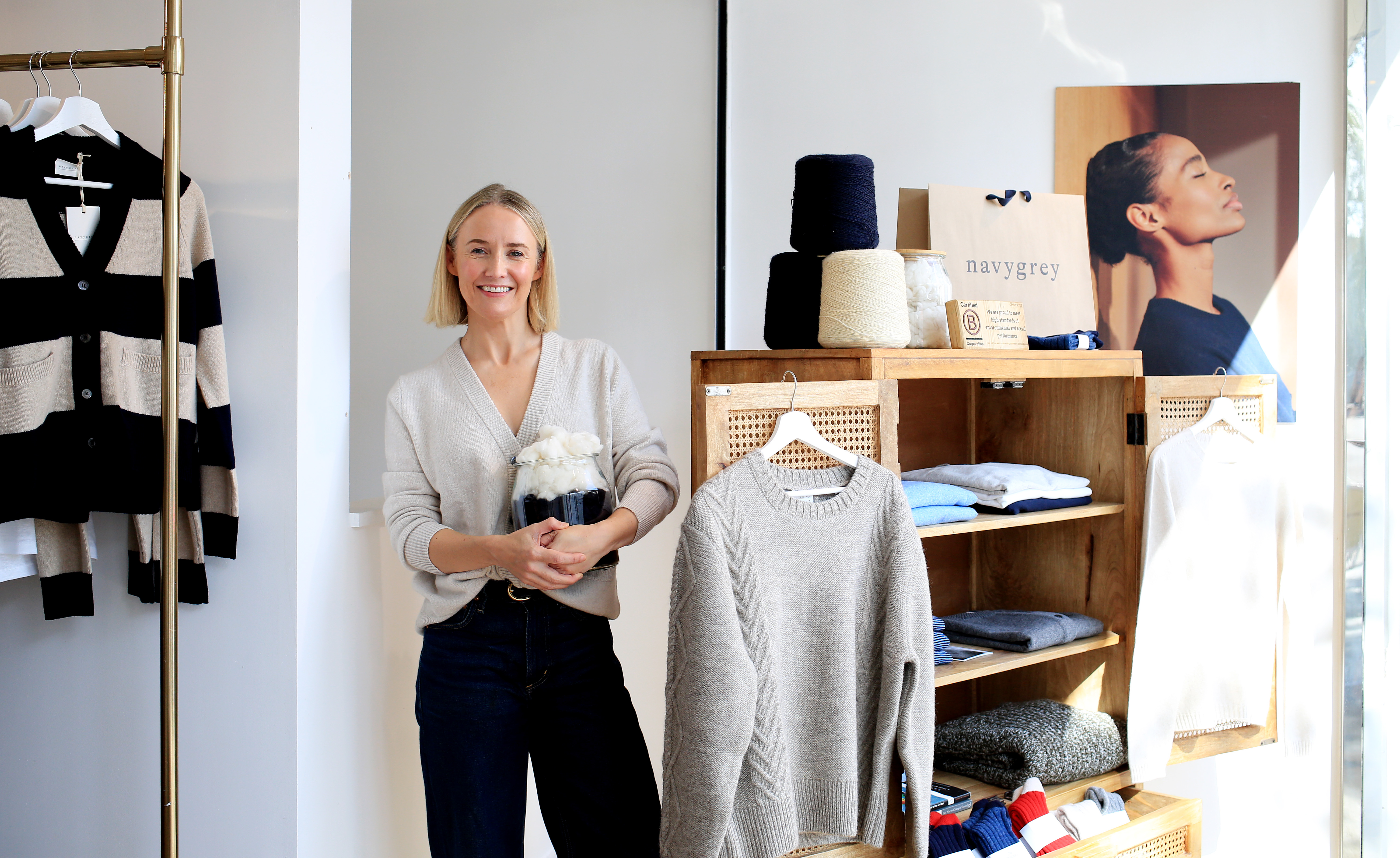 'My family wore wool at a time when everyone else had cast it off in favour of manmade fabrics': The knitwear pioneer who is one of David Beckham's countryside champions
'My family wore wool at a time when everyone else had cast it off in favour of manmade fabrics': The knitwear pioneer who is one of David Beckham's countryside championsJulie Harding speaks to Rachel Carvell-Spedding the founder of British knitwear brand Navygrey, and one of David Beckham's countryside champions.
-
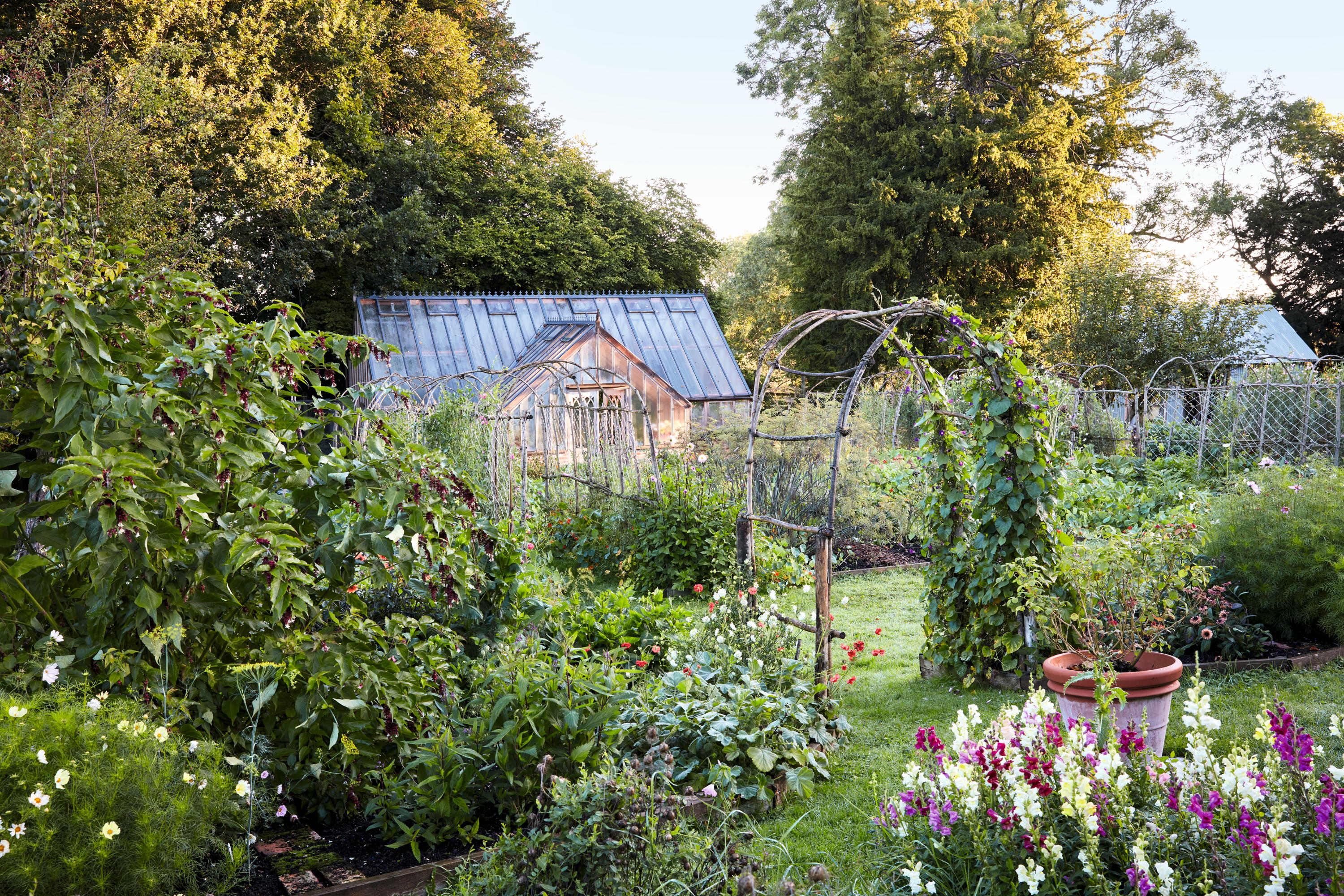 James Alexander-Sinclair: Making a new garden for someone is 'thrilling', but we need more sensitive and skilled gardeners to look after them
James Alexander-Sinclair: Making a new garden for someone is 'thrilling', but we need more sensitive and skilled gardeners to look after themPay your gardeners properly, says James Alexander-Sinclair as, without them, you will have no garden.
-
 'Seeing the work that people are doing all around the world has given me hope for the future': The young naturalist who is one of David Beckham's countryside champions
'Seeing the work that people are doing all around the world has given me hope for the future': The young naturalist who is one of David Beckham's countryside championsJulie Harding speaks to Ramandeep Nijjar, a young naturalist who has made an impact on the world even before finishing university, and one of David Beckham's countryside champions.
-
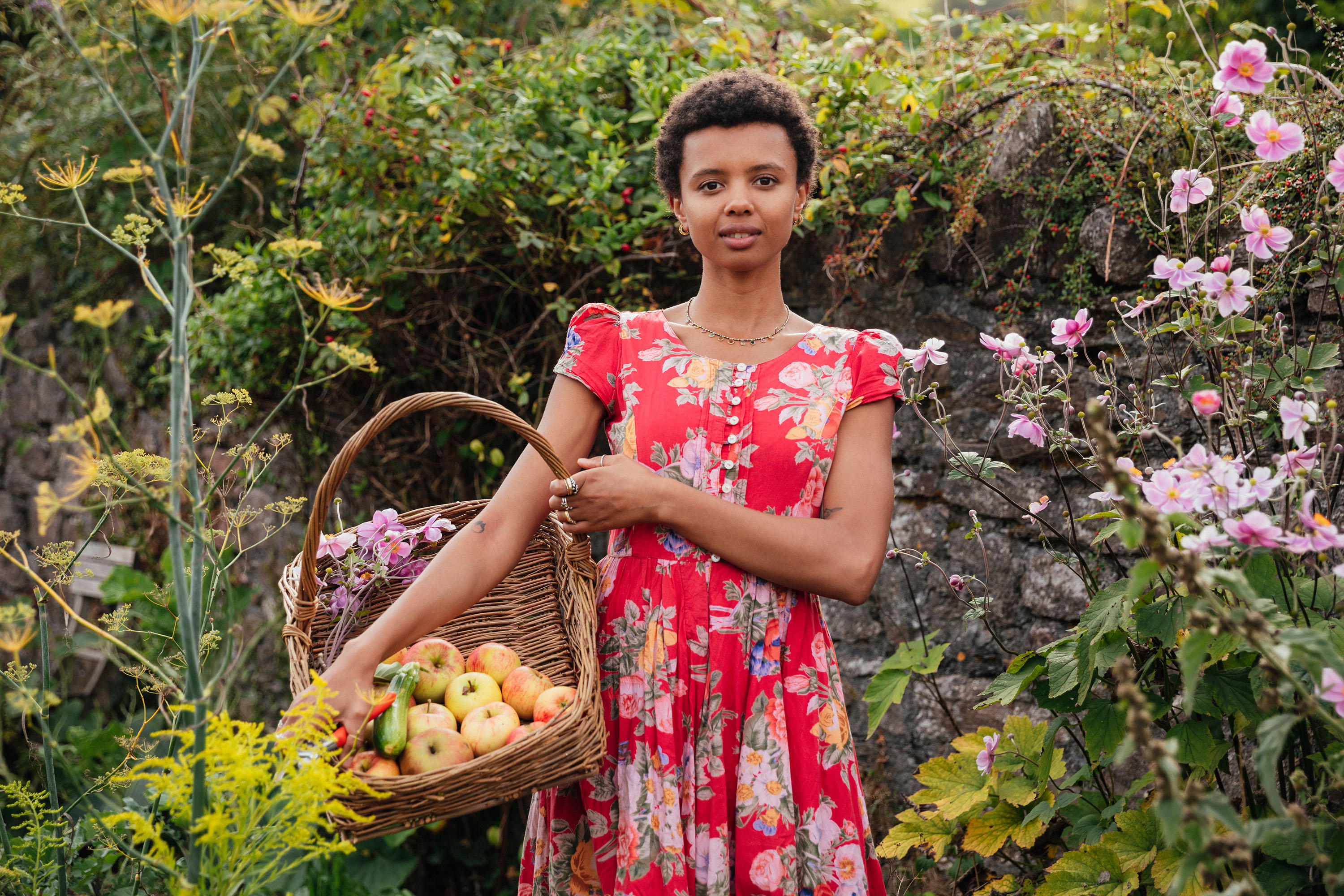 Poppy Okotcha, the model turned gardener who is one of David Beckham's countryside champions
Poppy Okotcha, the model turned gardener who is one of David Beckham's countryside championsPoppy Okotcha, the 29-year-old ecological community grower, garden content creator, author — and also one of David Beckham's countryside champions — speaks to Julie Harding.
